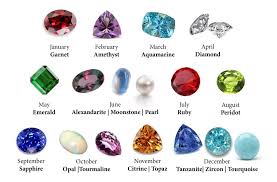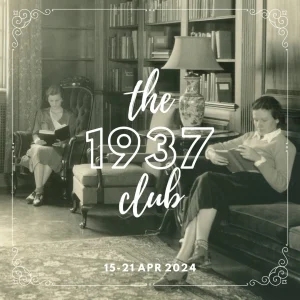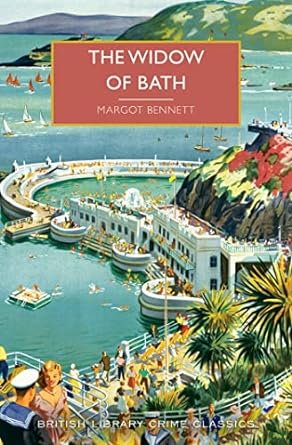Agatha Christie is a renowned author who has written numerous mystery novels that have captivated readers worldwide. Among her many works, “The Mousetrap” is one of her most well-known plays. First performed in 1952, “The Mousetrap” has since become the longest-running play in the world, with over 27,000 performances to date. This essay will examine the plot, characters, themes, and critical reception of “The Mousetrap.”

Plot Summary
“The Mousetrap” is set in a guesthouse called Monkswell Manor, run by a young couple named Mollie and Giles Ralston. The play opens with the arrival of several guests, including a young man named Christopher Wren, a retired army major named Metcalf, a spinster named Miss Casewell, and a foreigner named Mr. Paravicini. The group becomes snowed in, and tensions rise as strange occurrences begin to take place, such as a phone call from someone claiming to be a police detective, warning the guests that a murderer is on the loose and may be heading to Monkswell Manor.
As the play progresses, it becomes apparent that each guest has a secret or hidden agenda. Wren, for example, is a hyperactive and eccentric young man who seems to enjoy making people uncomfortable. Metcalf is a gruff and domineering figure who appears to have a dark past, while Miss Casewell is a guarded and secretive woman with a troubled childhood. Mr. Paravicini is a mysterious foreigner with a sinister air and a penchant for playing mind games with the other guests.
The tension in the house reaches a climax when one of the guests is found murdered. The group realizes that one of them must be the killer, and suspicions fall on each of them in turn. The play’s denouement reveals the identity of the murderer in a shocking twist ending that has become one of Agatha Christie’s trademarks.

Characters
“The Mousetrap” features a diverse cast of characters, each with their own quirks and personalities. Mollie and Giles Ralston, the owners of Monkswell Manor, are the most grounded and sympathetic characters in the play. Mollie is kind and caring, while Giles is practical and level-headed. Together, they provide a stable and reassuring presence amidst the chaos and suspicion that surrounds them.
Christopher Wren is the most eccentric character in the play. He is hyperactive and excitable, often making inappropriate comments or acting out in bizarre ways. Despite his odd behavior, Wren is also intelligent and perceptive, and he is able to uncover some key clues that help to solve the mystery.
Major Metcalf is a gruff and domineering figure who seems to enjoy asserting his authority over the other guests. He is initially seen as a potential suspect due to his intimidating demeanor and past as a soldier, but he is ultimately revealed to have a more complicated backstory.
Miss Casewell is a guarded and secretive woman who is initially aloof and unapproachable. She has a troubled past that is gradually revealed over the course of the play, and she proves to be a key player in unraveling the mystery.
Mr. Paravicini is the most mysterious and enigmatic character in the play. He is a foreigner with a sinister air and a penchant for playing mind games with the other guests. His true motives are unclear, and he remains a figure of suspicion until the play’s shocking conclusion.

Themes
One of the central themes of “The Mousetrap” is the idea of deception and hidden motives. Each of the characters in the play has something to hide, whether it’s a dark secret from their past or a hidden agenda for their present actions. The play explores the idea
“The Mousetrap” by Agatha Christie is a play that explores several themes, including deception, guilt, and justice. These themes are woven throughout the story and are integral to the plot and characters.
Deception
Deception is a key theme in “The Mousetrap.” Throughout the play, the characters are revealed to be concealing secrets and hidden agendas. This creates an atmosphere of suspicion and mistrust as the characters begin to question each other’s motives.
The most significant example of deception in the play is the identity of the murderer. The audience is led to believe that any of the characters could be the killer, but the true culprit is ultimately revealed to be someone who had been hiding their true identity and motives throughout the play.
Guilt
Another important theme in “The Mousetrap” is guilt. Several of the characters are burdened by guilt over their past actions, and this guilt influences their behavior throughout the play.
Major Metcalf, for example, is haunted by guilt over his role in a military operation that went wrong. His guilt makes him defensive and hostile towards the other characters, and he is initially suspected of being the murderer.
Justice
The theme of justice is also present in “The Mousetrap.” The play explores the idea of what constitutes justice and whether it is possible to achieve justice in a flawed and imperfect world.
The characters in the play are all seeking justice in some form, whether it’s Mollie and Giles Ralston’s desire to see the murderer brought to justice or Christopher Wren’s quest for personal redemption. The play’s ending, with the revelation of the murderer’s identity and subsequent arrest, provides a sense of closure and justice for the characters and the audience.

Critical Reception
“The Mousetrap” by Agatha Christie has received generally positive critical reception since its debut in 1952. The play has been praised for its intriguing plot, suspenseful atmosphere, and unexpected twists and turns.
One of the most remarkable aspects of the play is its longevity. It has been running continuously in London’s West End for over 70 years, making it the longest-running play in the world. Despite its age, it continues to draw audiences and receive positive reviews.
Critics have praised Christie’s skill at creating a compelling mystery with a limited number of characters in a single setting. The play’s claustrophobic atmosphere, which traps the characters and the audience in the isolated setting of a country house during a snowstorm, has also been lauded.
However, some critics have criticized the play for being formulaic and predictable. They argue that Christie’s trademark twists and turns have become cliched over time and that the play’s ending is not as surprising as it was when it first premiered.
Despite these criticisms, “The Mousetrap” remains a beloved classic of the mystery genre and a testament to Christie’s enduring popularity as a writer.
I would love to see a live performance of “The Mousetrap,” but I don’t think it’s as popular of a production in the United States. For my UK readers, The Agatha Christie estate has produced a hardcover limited edition 70th anniversary version of the play which will be released March 30th from Amazon here. I’m unsure if this will be released later in the United States or other international markets, but I hope it will be. Non-UK readers can buy a regular version of the play here. Let me know if you’ve read “The Mousetrap” or seen it performed in the comments below.





Leave a comment